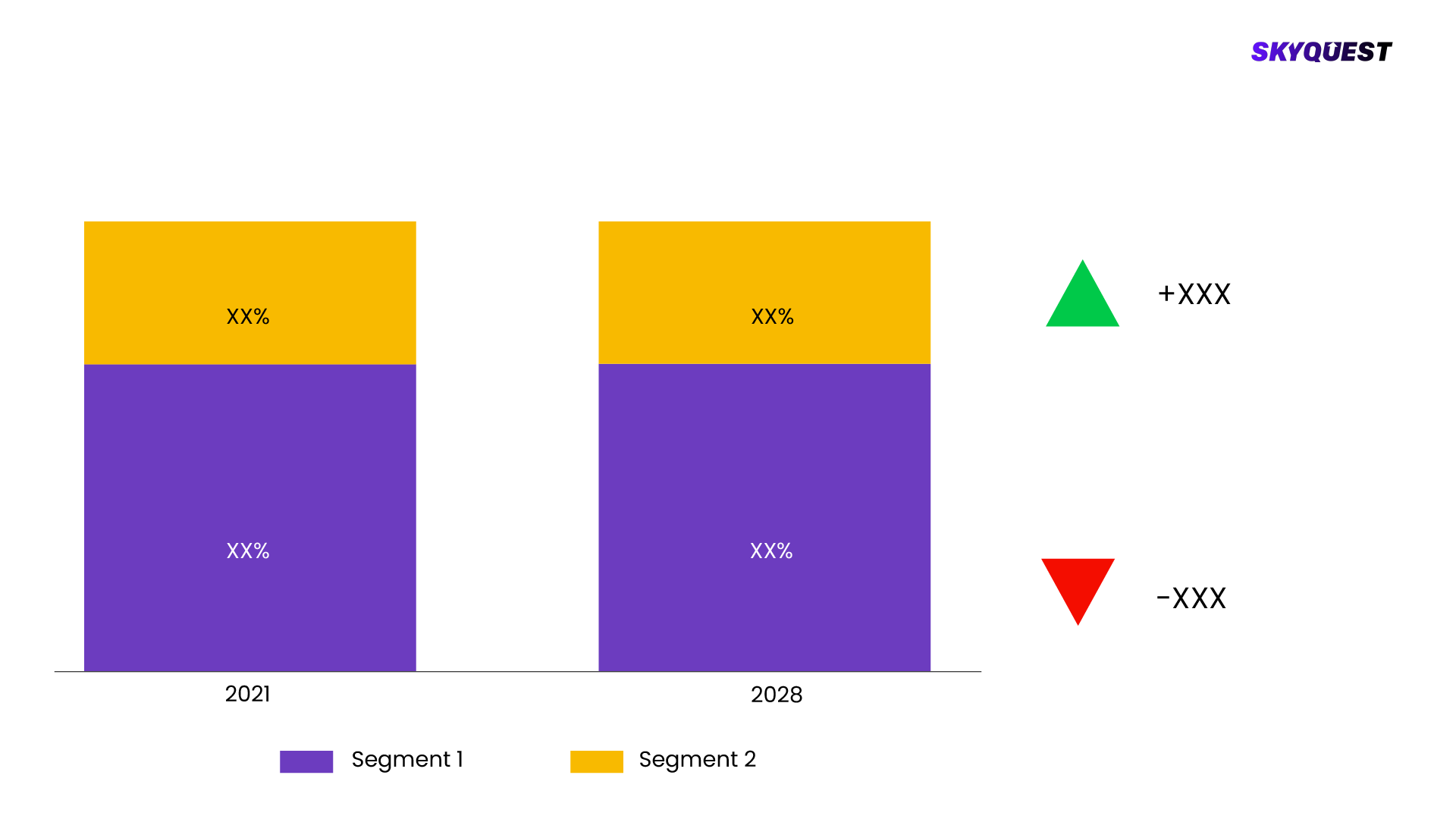
Product ID: UCMIG20A2033

Report ID:
UCMIG20A2033 |
Region:
Global |
Published Date: Upcoming |
Pages:
165
| Tables: 55 | Figures: 60
The Satellite Bus Market is segmented by Subsystem, Application, Satellite Size, Region. We are analyzing the market of these segments to identify which segment is the largest now and in the future, which segment has the highest growth rate, and the segment which offers the opportunity in the future.

Our industry expert will work with you to provide you with customized data in a short amount of time.
REQUEST FREE CUSTOMIZATIONThe global market for Satellite Bus was estimated to be valued at US$ XX Mn in 2021.
The global Satellite Bus Market is estimated to grow at a CAGR of XX% by 2028.
The global Satellite Bus Market is segmented on the basis of Subsystem, Application, Satellite Size, Region.
Based on region, the global Satellite Bus Market is segmented into North America, Europe, Asia Pacific, Middle East & Africa and Latin America.
The key players operating in the global Satellite Bus Market are Airbus S.A.S, Ball Corporation, Israel Aerospace Industries Ltd. (IAI), ISRO, Lockheed Martin Corporation, Mitsubishi Electric Corporation, Northrop Grumman Corporation, Sierra Nevada Corporation, Thales Group, The Boeing Corporation.
Want to customize this report? This report can be personalized according to your needs. Our analysts and industry experts will work directly with you to understand your requirements and provide you with customized data in a short amount of time. We offer $1000 worth of FREE customization at the time of purchase.

Product ID: UCMIG20A2033